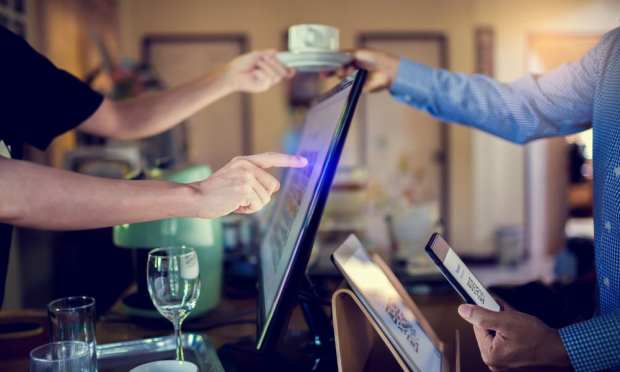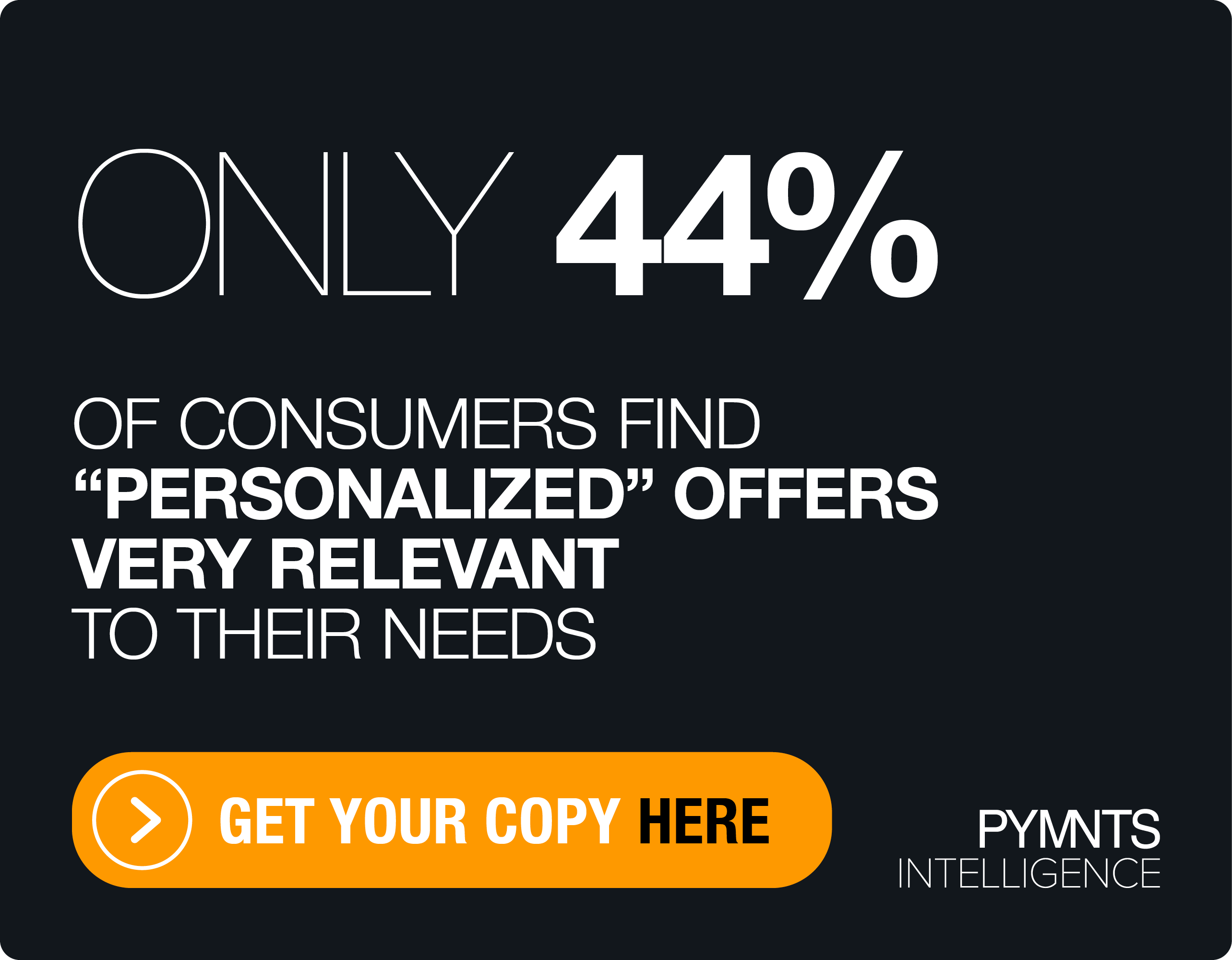How A Night At A Brewery Sparked A New Touchless Order To Pay Restaurant Experience

Sometimes an experience had by the right person can end up being the start of a sea change in an industry. Case in point, take the very recent tale of a Paytronix team member who one evening at a recently opened brewery and discovered a slight hiccup in their just introduced version of their contactless payments dining experience inside the dining room.
The good news was that menus and ordering was done all via an app and a scannable QR code. The not so good news was that every time this person wanted another beer, he had to lather, rinse and repeat the entire experience. Basically, Paytronix CEO Andrew Robbins explained to Karen Webster in a recent conversation, that brewery was using its mobile order-ahead system to jerry-rig a contactless in dining room experience.
It was a huge tip of the hat to the brewery that was just using the tools and tech on hand to get their business up and running by making consumers comfortable eating inside the restaurant.
However, the workflows are totally different. When a customer does an online order, often the ordering system takes the order, takes the payments and hands it off to the point of sale (POS), Robbins explained. It’s an efficient way to manage orders for takeout and delivery. The in-restaurant dining experience is different. Orders are updated — as customers order drinks, then maybe apps at the bar and then maybe move to the restaurant for more drinks, the main course and even dessert. In the case of the Paytronix employee at the brewery, that meant making several online orders throughout the night. That’s a kludgy experience for the consumer, Robbins told Webster, and a costly one for the restaurant, which is paying on more in swipe fees from a dining experience being turned into a pay as you go encounter.
It also occurred to Robbins, he told Webster, that this was a problem that could be fixed — and so about two weeks ago the team at Paytronix, inspired by a brewery experience gone awry, designed the solution they debuted last week: a new touchless dining platform that makes it possible for in-house guests to open a tab, order and pay for their meals entirely from their smartphones during their in-restaurant dining experience.
Fixing The Friction
In many regards, Robbins noted, the degree to which restaurants have rapidly reset themselves to respond to a radically changed environment to survive has been incredibly impressive. Innovations that have struggled to get the ground among restaurateurs for years, he noted, over the last several weeks have been picked up, tested and pushed out the door mostly as a matter of survival.
COVID-19 “was an existential threat, right? It was suddenly ‘my business is going under,’ [so] they would try anything,” he noted.
And the evidence of that is out there — from the rapid expansion of pick-up and delivery options to the menus access via a quick QR code scan, to the fact that dining establishments have now revamped their parking lots and sidewalks as expansions of their dining rooms.
But now, as restaurants are reopening for consumers, he noted, their operational planning has to turn to how they can best refine their recent expansions, and perfect them for public offering. A criterion filled, clunky contactless payment system that makes their guest keep starting orders over — isn’t a digital experience that enhances the dining experience, but detracts from it.
The solution Paytronix is rolling out for restaurants aims to kill off such unnecessary friction. When customers enter the restaurant, they’ll use their phone to scan a QR code that will directly open either the establishment’s app or mobile site.
“It’s already checked you in, already knows your location and knows not to ask if you want pickup or delivery or to schedule a pickup time,” Robbins said. “So boom, you’re right into the ordering experience.”
And ordering experience that integrates into the restaurant’s point of sale platform that makes it technically possible for consumers to opens up a tab for they can continually add food and drink to their order in real time. When it’s time to close the check, the customer can review the check, pay and be on their way — all from the app.
Robbins said that’s clearly a better transactional experience for the consumer — and also a vast improvement for restaurants as they try to recover from the COVID-19 shutdown because of all the avenues to an enhanced customer relationship it offers.
Every Little Bit Counts Big
Robbins told Webster that eateries still face huge challenges on the road to recovery, from capacity limits on in-house dining to reassuring customers of an establishment’s safety. Those kind of capacity caps, he noted, put pressure on restaurateurs’ margins that were already thin long before the pandemic ever started.
But even a small change like contactless dining in-house as Paytronix conceived of it, he noted, could stand to help close that gap. The greater enhanced efficiency of the ordering process means that tables within the restaurant can turn more quickly, allowing more guests to be served throughout an evening, including giving them options to add even more revenue to the top line by offering to add “dessert to go” instead of having it at the end of the meal when patrons might feel too full.
And that efficiency, he noted, doesn’t come at the expense of the wait staff’s relationship with guests. If anything, it modifies that relationship away from the more mechanical elements of serving toward the hospitality end because the staff’s time is now more freed up to interact with customers and focus on improving the experience. Moreover, Robbins noted, leveraging the contactless offering can deepen a restaurant’s digital relationship customers — especially if eateries tie it in to their loyalty programs.
“When you put in your payment information and your email so that the customer can complete the transaction, there will be a checkbox to let them join the loyalty program,” he said. “And with that simple check, the customers are in,” Robbins notes, and able to receive better offers and more direct interactions.
But the best things that restaurateurs will do with this capacity — and the many others they’ve embraces over the last few months, are more likely than not yet to be seen. Because for possibly the first time, restauranteurs are feeling pressure to innovate like they never have before and increase comfort into grabbing onto technological tools to help them rise to that challenge.
“There’s the surviving piece, [and] then there’s the wonderful experimentation and trying different things,” he said. “We see [that] happening — and improving the landscape every place that it pops up.”
